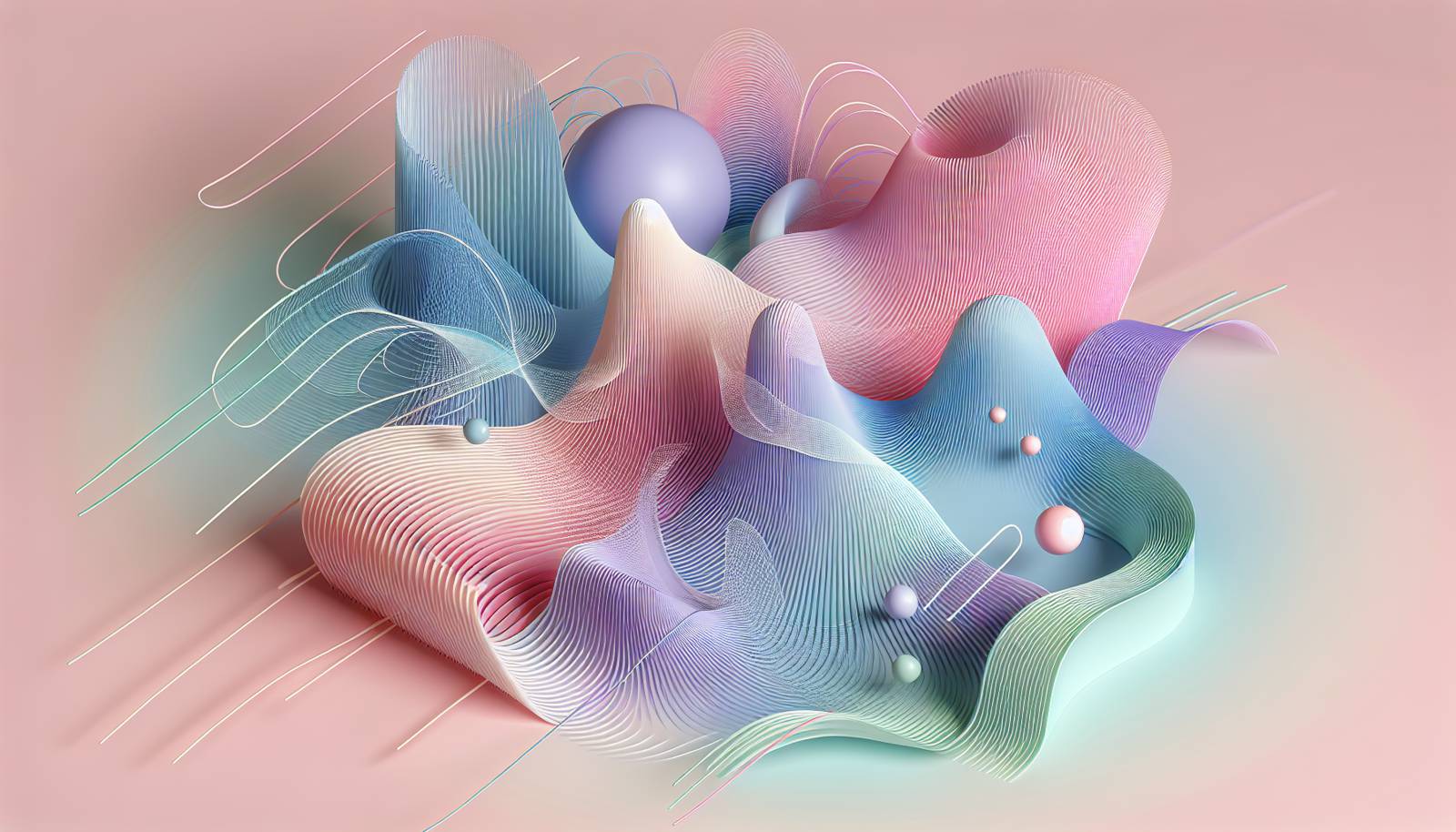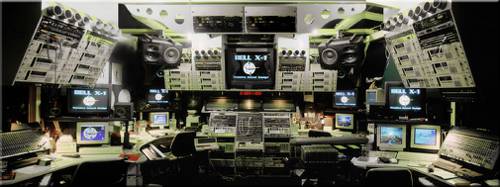
FAQ About The Influence of Animation Sound Design

What is sound design in the context of animation?
Sound design in animation refers to the art and practice of creating audio elements that complement the visual components of animated content. This includes the development of sound effects, dialogue, music, and ambiance to enhance the story and emotional tone of the animation. Effective sound design helps create an immersive experience, drawing the audience deeper into the narrative and world of the animation.

How does sound design influence audience engagement in animation?
Sound design plays a critical role in enhancing audience engagement by providing emotional cues and depth to the visual storytelling. Elements like sound effects, music, and dialogue can intensify emotions, clarify the narrative, and create a more engaging and immersive experience. When done well, sound design captivates viewers, maintains their interest, and enriches their overall interaction with the animation.

What are some key elements of sound design in animation?
Key elements of sound design in animation include sound effects, dialogue, music, and ambience. Sound effects add realism and emotional impact, like footsteps or environmental sounds. Dialogue is crafted to match character mouth movements and enhance storytelling. Music sets the mood and emotional tone, while ambient sounds provide a background that makes the animated world feel alive and consistent.

How has innovation in sound design impacted the animation industry?
Innovation in sound design has significantly impacted the animation industry by enabling creators to produce more sophisticated and immersive audio experiences. Advances in technology allow for greater precision in sound editing and mixing, the use of 3D audio for enhanced spatial awareness, and the integration of artificial intelligence in creating adaptive sounds. These innovations help make animated worlds more realistic and emotionally engaging for audiences.

What role does music play in animation sound design?
Music in animation sound design serves to establish the emotional tone, accentuate dramatic moments, and support narrative flow. It can define characters, guide audience reactions, and create mood shifts. By strategically aligning music with on-screen action, sound designers can enhance storytelling, making scenes more memorable and impactful for the audience.

How is sound design in animation different from live-action sound design?
Sound design in animation differs from live-action primarily in the lack of naturally occurring sounds during production. Animators rely entirely on created sound effects, voiceovers, and music to establish audio elements. This requires greater creativity and planning since every sound must be designed from scratch to align perfectly with the animated visuals, while live-action films often capture audio on set.

What techniques are used in creating sound effects for animation?
Techniques used in creating sound effects for animation include Foley, synthesis, layering, and processing of sound recordings. Foley artists record custom sounds that sync with actions on screen. Sound designers may use digital synthesizers to create unique effects or manipulate existing sounds by layering multiple audio tracks and using effects (reverb, delay, pitch shifting) to achieve the desired result.

Can you give examples of well-known animations with notable sound design?
Notable examples of animations with outstanding sound design include Pixar's "Finding Nemo," which uses underwater acoustics to enrich the aquatic world, and "The Lion King," where a rich soundscape captures the ambiance and grandeur of the African wilderness. Studio Ghibli's films, such as "Spirited Away," also showcase intricate soundscapes that complement their vivid visual storytelling, enhancing emotion and atmosphere.

What challenges do sound designers face in animation?
Sound designers in animation face several challenges, including aligning audio perfectly with visuals without visual references, creating sounds from scratch that support the creative world, and making sure audio elements do not overpower delicate visual storytelling. Additionally, they must work collaboratively across departments, often under tight deadlines, to ensure the final sound design supports the narrative effectively.

How can sound design enhance the storytelling of an animated film?
Sound design enhances storytelling in animated films by using audio cues to emphasize emotions, highlight critical plot points, and convey character traits or changes. Effective soundscapes support the visual narrative, guiding the audience's emotional response and helping convey messages that visuals alone may not fully express. This comprehensive audio layer enriches the overall narrative experience.

Why is sound design critical in creating immersive animated worlds?
Sound design is crucial for creating immersive animated worlds as it enhances realism and emotional depth. By carefully crafting soundscapes that include ambient noises, character-specific sounds, and music, sound designers help audiences feel present within the animated world. These audio elements make the environment more believable and the characters' experiences more relatable, drawing viewers into the story.

What is the role of a sound designer in an animation production team?
The role of a sound designer in an animation production team is to create the aural elements that bring animated visuals to life. They collaborate with directors, animators, and composers to develop the auditory aspects of a project, including dialogue, sound effects, and music. Sound designers ensure these elements align with the creative vision and enhance the storytelling experience.

How does technology influence modern animation sound design?
Technology plays a central role in modern animation sound design by providing tools for ambitious audio creation and integration. Digital audio workstations (DAWs), sound libraries, and advanced software enable sound designers to craft precise and intricate soundscapes. Technologies like 3D audio and AI sound generation offer new opportunities for creating immersive and adaptive audio experiences.

What educational background is typically needed for a career in animation sound design?
A career in animation sound design generally requires a combination of formal education and practical experience. Many sound designers hold degrees in audio engineering, sound design, or a related field, and they often supplement their education with hands-on experience in internships or junior positions in studios. Familiarity with digital audio software and a keen sense for both technical and creative aspects of audio production are essential.

In what ways do different platforms influence animation sound design?
Different platforms influence animation sound design by dictating format and technical specifications, affecting how audio is produced and delivered. For example, cinema requires surround sound systems, necessitating nuanced mixing, while online streaming may focus on stereo sound to accommodate most speakers and headphones. Additionally, mobile and VR platforms often require spatial audio for immersive experiences, pushing designers to consider the user environment.

How do sound designers collaborate with other team members on an animation project?
Sound designers collaborate with directors, animators, composers, and editors to ensure the audio complements the visual narrative. Regular meetings, storyboard reviews, and feedback sessions help align the sound design with the project's objectives. Sound designers may also work directly with voice actors and musicians to achieve the required tone, timing, and emotional impact, facilitating an integrated production workflow.

What tools are commonly used by sound designers for animation?
Sound designers for animation commonly use digital audio workstations (DAWs) like Pro Tools, Logic Pro, or Ableton Live for recording, editing, and mixing audio tracks. Audio plugins and software for sound synthesis and effects processing are also integral, offering capabilities such as reverb, equalization, and dynamic range compression. Other tools include sound libraries for sourcing pre-recorded effects and Foley equipment for creating custom sounds.

How do animated films benefit from having a well-designed soundscape?
Animated films benefit from a well-designed soundscape as it enhances viewer immersion, emotional impact, and narrative clarity. A rich soundscape supports visual storytelling by adding depth and texture to scenes, ensuring that every action and emotion resonates with the audience. It helps create a cohesive and compelling experience that can transform an animated film from visually engaging to truly captivating.

What are some current trends in animation sound design?
Current trends in animation sound design include the use of 3D audio and spatial sound techniques to create immersive listening experiences, the integration of AI tools for adaptive and dynamic sound generation, and an increasing emphasis on environmental and ambient soundscapes. There is also a trend towards cross-cultural sound incorporation, where diverse musical and sound elements are used to appeal to global audiences.

How is sound design evaluated for quality in animated films?
Sound design in animated films is evaluated for quality based on clarity, balance, creativity, and its contribution to the narrative. Critics and audiences look for soundscapes that are innovative yet subtle, ensuring every audio element supports rather than distracts from the story. Awards like the Annie Awards and the Motion Picture Sound Editors Golden Reel Awards recognize excellence in this field, celebrating achievements in sound innovation and impact.
